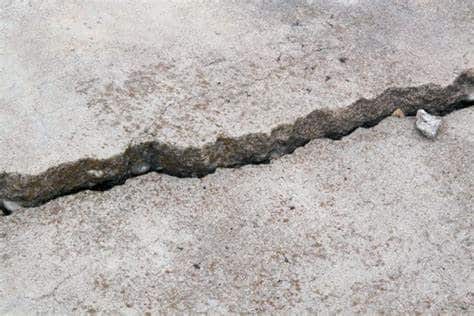How To Fix Badly Damaged Concrete Surface In Carlsbad?
 Concrete, being the strong and durable material that it is, is a popular choice for driveways, patios, and other outdoor surfaces. However, like all construction materials, it isn’t immune to damage. Over time, concrete can crack, chip, or deteriorate due to various reasons, such as weather conditions, ground movement, or poor installation. Here are five tips to fix a badly damaged concrete surface and rejuvenate its appearance:
Concrete, being the strong and durable material that it is, is a popular choice for driveways, patios, and other outdoor surfaces. However, like all construction materials, it isn’t immune to damage. Over time, concrete can crack, chip, or deteriorate due to various reasons, such as weather conditions, ground movement, or poor installation. Here are five tips to fix a badly damaged concrete surface and rejuvenate its appearance:
- Before diving into any repair, assess the extent of the damage. Is it surface-level, or are there deeper structural issues? Minor cracks can be repaired with sealants or patches, but significant damage may require a more comprehensive approach, or in severe cases, complete replacement.
- For any repair to be effective, the damaged area must be free of dirt, grease, or loose debris. Start by sweeping away dirt and then power-wash the area. If there are oil or grease stains, clean them using a concrete degreaser. The cleaner the surface, the better the bond for the repair material.
- For small cracks and chips, a concrete patching compound is perfect. Ensure the mix is consistent and follows the manufacturer’s instructions. Apply the compound using a trowel, ensuring it fills the damaged areas entirely. Smooth out the surface and allow it to dry as directed.
- If your concrete surface is extensively damaged but structurally sound, resurfacing is an option. Concrete resurfacer is a thin cement-based product that provides a new surface. Prepare the old surface by cleaning and then dampening it. Spread the resurfacer using a trowel or a squeegee. This will not only address minor imperfections but also give a fresh, updated look.
- Once the repairs are dried and cured, it’s essential to seal the concrete. Sealing will protect your repair work and extend the life of the concrete by shielding it from the elements, stains, and wear. Choose a high-quality concrete sealer suitable for your surface and apply according to the manufacturer’s instructions.
FAQs
How Do I Know If My Concrete Damage Is Just Superficial Or Requires A More In-Depth Repair?
Superficial damage is often limited to small cracks, minor chipping, or surface discoloration. If the concrete is crumbling, has large cracks that are deep, or you notice unevenness, it might signify structural damage. In such cases, it’s best to consult with a professional.
Can I Use The Same Method To Repair Both My Indoor And Outdoor Concrete Surfaces?
While the basic principles of repair apply to both indoor and outdoor surfaces, you should consider factors like exposure to elements, usage, and aesthetic preferences. For instance, outdoor surfaces might need more durable patching compounds and robust sealants compared to indoor areas.
How Often Should I Reseal My Concrete Surface?
Typically, a sealed concrete surface should be resealed every 2-3 years. However, this can vary based on the quality of the sealant used, the amount of foot or vehicle traffic, exposure to harsh weather, and other wear and tear factors. It’s best to check the manufacturer’s recommendations and regularly inspect your surface for signs of wear.
Conclusion
Repairing a damaged concrete surface need not be daunting. With a systematic approach, appropriate materials, and regular maintenance, you can restore the strength and aesthetics of your concrete surfaces. Always remember that prevention is better than cure. Regularly inspecting your concrete and addressing minor damages promptly will save you from significant repairs down the line. Whether you’re patching small cracks or resurfacing the entire area, the key is to prioritize both the functionality and the longevity of the repair. For more information, contact Concrete Contractor Carlsbad at (760) 576-2525.